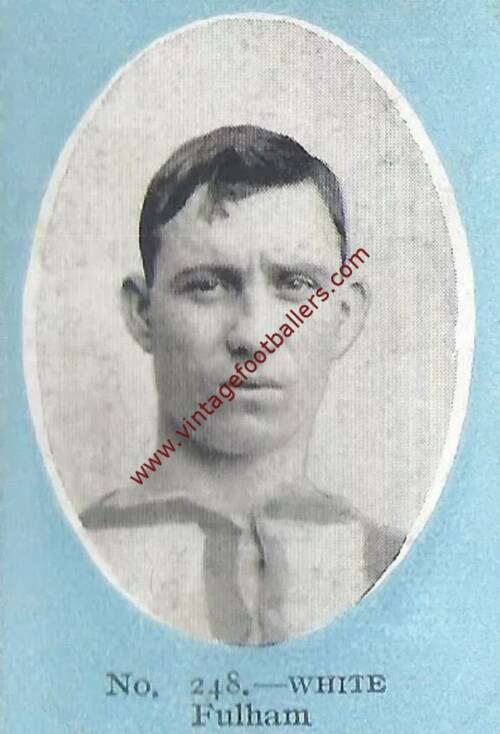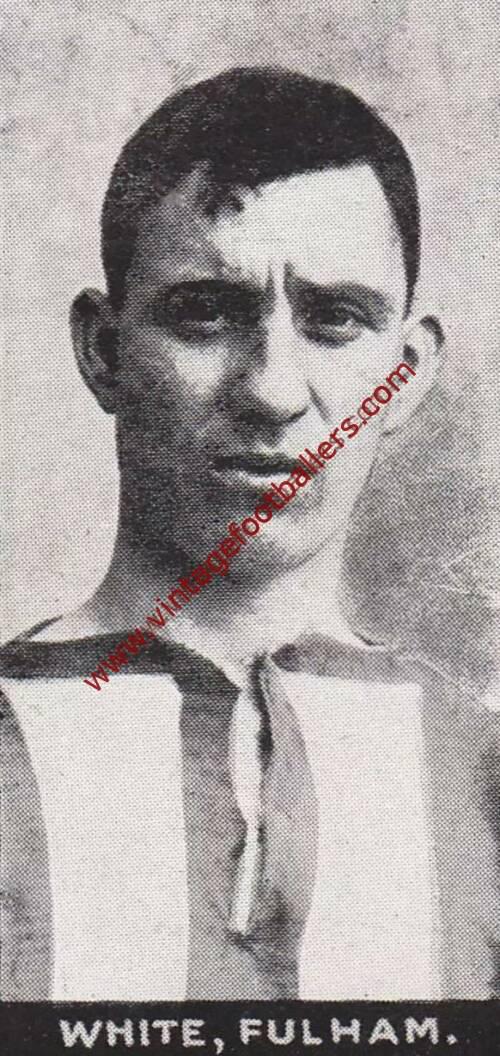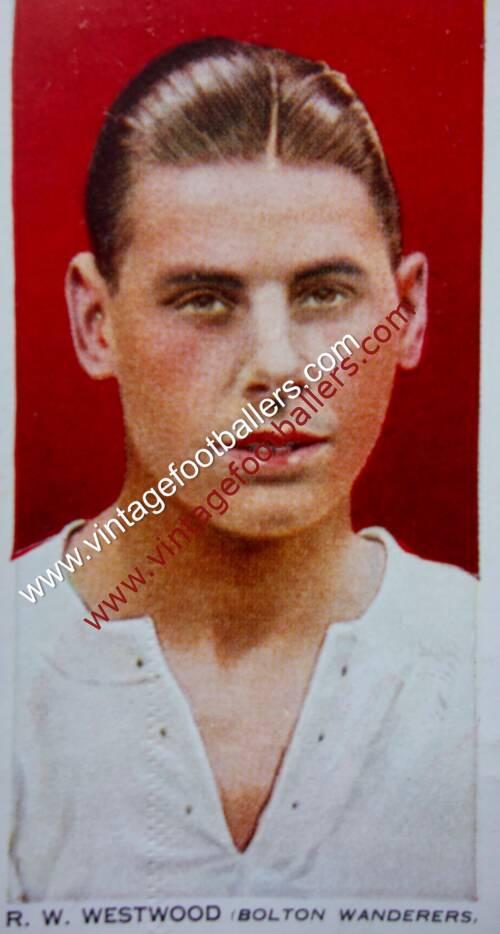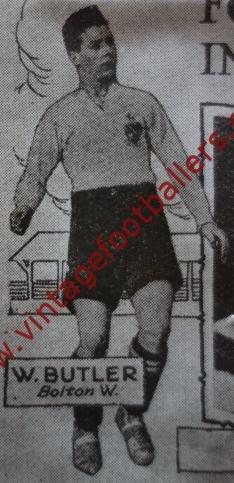Please choose your photo size from the drop down menu below.
If you wish your photo to be framed please select Yes.
Note: 16″x 20″not available in a frame.
Images can also be added to accessories. To order please follow these links
£8.95 – £49.95
In stock
Please choose your photo size from the drop down menu below.
If you wish your photo to be framed please select Yes.
Note: 16″x 20″not available in a frame.
Images can also be added to accessories. To order please follow these links
Hurlford, Ayrshire born inside left Walter “Wattie” White started playing junior football with Hurlford Britannia in 1899 and also played for Portland Thistle of Kilmarnock in 1900 and Hurlford Thistle in 1901 before being spotted by First Division Bolton Wanderers, whom he joined in 1902, making his Football League debut that September against Notts County. He was part of their losing 1904 FA Cup Final team beaten 1-0 by Manchester City at The Crystal Palace, and although Bolton had been relegated in 1903 he scored 24 goals in 1905, including hat-tricks in wins over Grimsby Town, Burton United and Doncaster Rovers, to see them promoted as runners up in the Second Division, finishing as the club’s second top scorer to Sam Marsh, before being pipped again the next season in the First Division when his 25 goals was surpassed by Albert Shepherd’s 26 goal total.
He was first capped by Scotland when he played against England at St James’ Park in a 1-1 draw in April 1907, winning his second cap in the same fixture a year later at Hampden Park which was again drawn 1-1.
In 1908 Bolton were once again relegated and White was sold to Everton that December, after 93 goals in 217 appearances, and he helped them to finish runners up in the League Championship come the end of the season. He also played both games in Everton’s 1910 FA Cup semi final which saw them lose to Barnsley at Old Trafford in a replay. His two years at Goodison Park saw 13 goals in 52 appearances but a move to Second Division Fulham in October 1910 followed, where increasingly he featured at left half rather than in the forward line, and he stayed at Craven Cottage both sides for the First World War, during which he served as a Gunner in the Royal Garrison Artillery. Although after the War he was never more than a fringe player, he stayed four seasons and played his last match in February 1923 when already over 40 before retirement after 16 goals in 203 appearances for The Cottagers in more than a dozen years at the club.
NB although when this image was published in 1909 while at Everton, he is clearly depicted in a Bolton Wanderers shirt.
| Weight | N/A |
|---|







